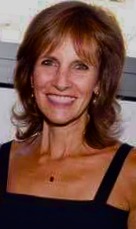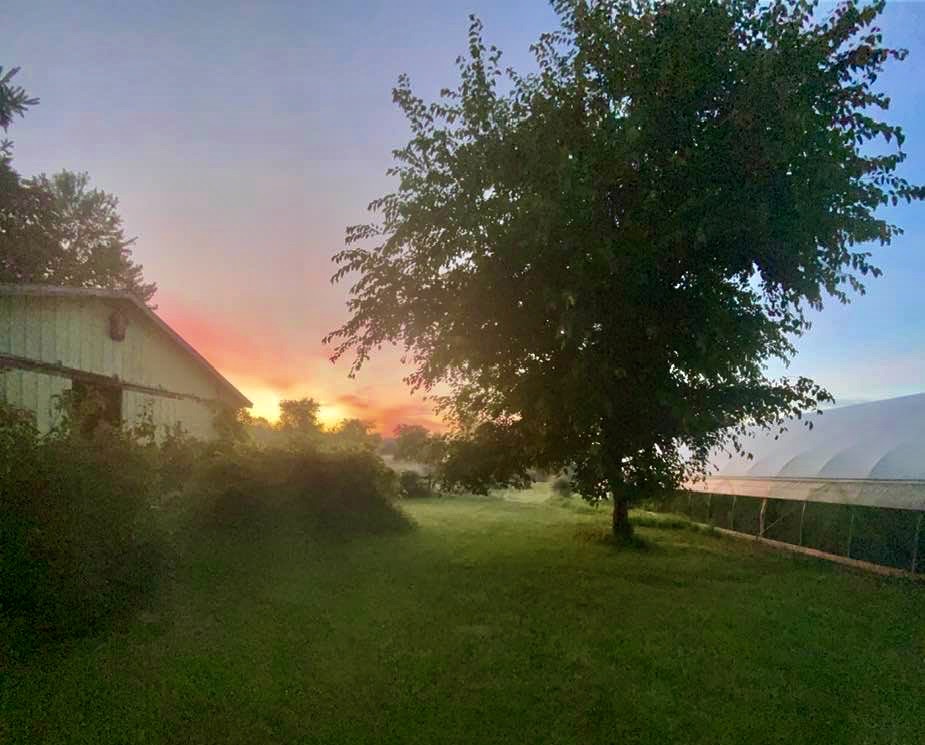This year — in this unusual and uncertain year — unable to gather in community
I chose instead to pray outside.
The words and songs of the service streamed out of my phone, which sat neatly tucked into my tool belt
I had been weeding as I prayed along, enjoying the morning sunshine and the cool fall air.
I think it was out somewhere between the rows of fading sunflowers and the newly planted kale that I surprisingly ran into God…or perhaps it was that God, equally as surprised, ran into me.
The familiar tunes had tugged at my heart, and suddenly—without thinking—I had sprung up and began to dance, twirling to the music with the sun on my face and laughing like a little girl.
As the laughter turned to tears—you know, as it often does when we allow ourselves to open past the veneer of the everyday—I had an undeniable sense of being connected to these growing and dying things around me, to the cycles of the seasons they follow—and to the rhythms they look to teach me about year after year.
Similarly, I felt connected to a growing and dying peoplehood, a Jewish project spanning space and centuries that was reaching out to me there in the field that very day.
For a moment I felt completely a part of, not apart from, and I felt it deep inside my bones.
As a farmer, the agricultural content of our Jewish teachings and rituals are not lost on me as I steward this small piece of land.
On Sukkot we are told to build huts to dwell in — structures consciously designed to be unstable — a roof which lets the rain in, and walls fragile enough to be blown over with the next big wind.
We wave water-dependent species in all directions, and as Sukkot closes, we beat water-loving willows on the ground as we pray for rain, rain that might come at just the right time and in just the right amounts.
At the same time, as farmers we are gathering in the harvest, the tactile abundance of the year which might nourish us through the cold months ahead. We buy seed and we plan for a harvest we can only trust will one day come to be.
As Jews, I think we are called to live precariously amidst the plenty precisely to remind us that despite our efforts for control, the future remains unknown. And even given that unknown we are called to remember that this is not to be the time of our worry, but rather it is called the time of our rejoicing. The teachings seem eager to imply that joy is the fertile ground in which we can plan and plant for happiness. Happiness that might come from choices well made, and from a life well lived, but one that nonetheless, is not guaranteed.
In the bounty of the winter squash piled high in the barn awaiting market, gratitude comes easily for me and helps me access that type of joy. And with that joy, there inevitably comes hope. Farmers are incredibly hopeful people, you know. We have to be. The odds of seeds growing, and plants reaching maturity against the realities of droughts, of floods, of untimely frosts and heat spells, of pests and disease…well, it’s all a practice of patiently tending what is in front of you today, despite the knowledge that disappointments and failures abound. Yet what remains certain to the farmer is that growth is possible, and that alone seems to provide the energy for one to endure, to remain adaptable, and to do the hard work that needs to be done.
If hope holds space for possibility and roots itself in joy, then perhaps joy is a fertile and abundant attitude waiting for us right outside the doors and walls we build as we attempt to keep ourselves safe. So, I invite you to join me outside. Come out to the farm sometime. Put your hands in the dirt. Soften. Connect. Find yourself to be a part of life. And listen. Joy dwells here, I am sure, and is calling out to each of us echoing our ancient texts: May we be grateful, may we be blessed, and may we merit to live many days upon the soil.

Get To Know The Author
WHP Alum Carole Caplan-Sosin (Chicago 06) is currently co-leading a local Jewish Alliance for Food, Land and Justice providing programming on environmental and sustainable living in the Ann Arbor area.
Other posts by this author ›

